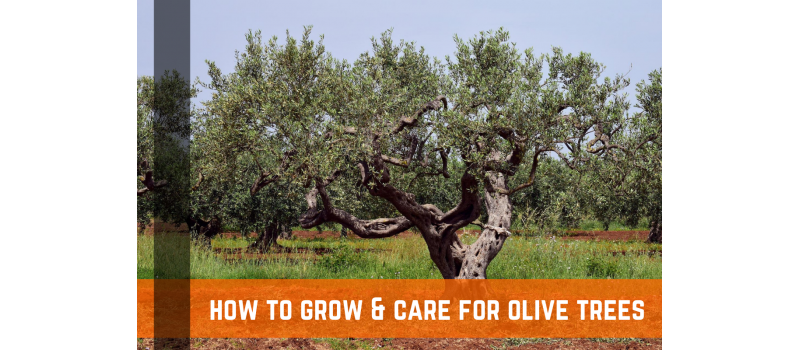Have you ever admired an olive tree and wondered what caring for one is like? Olive trees are one of the oldest cultivated crops in history and have a long standing reputation as being reliable, hardy plants.
Not only do they produce flavorful olives, but they also offer aesthetics with their thick-barked trunk, beautiful gnarled branches and fragrant white flowers. If you’ve been thinking of planting an olive tree in your garden then this blog post is right up your alley!
We will explain exactly why olive trees make such great plants to add to any landscape - from their care needs to information on when best to harvest, we've got all the details covered so that you can get started growing an olive tree today!

Olive Tree Varieties
Olive trees have some of the most fascinating and delicious history from thousands of years ago all the way up to modern times. With so many distinct varieties, it can be difficult choosing the right one for your home. The following are some of the most popular types of olive trees:
Arbequina
The Arbequina olive tree is a small, evergreen tree that originates from Spain. The tree produces small, dark-colored olives that have a mild flavor. The oil produced from Arbequina olives is also mild in flavor and is ideal for use in salads or as a dipping oil.
Koroneiki
The Koroneiki olive tree is a medium-sized, evergreen tree that originates from Greece. The tree produces small, black olives that have a strong, fruity flavor. The oil produced from Koroneiki olives is also strong in flavor and is ideal for use in cooking or as a finishing oil.
Moraiolo
The Moraiolo olive tree is a large, evergreen tree that originates from Italy. The tree produces large, black olives that have a mild, buttery flavor. The oil produced from Moraiolo olives is also mild in flavor and is ideal for use in baking or as a dressing oil.
Picual
The Picual olive tree is a medium-sized, evergreen tree that originates from Spain. The tree produces small, green olives that have a strong, peppery flavor. The oil produced from Picual olives is also strong in flavor and is ideal for use in cooking or as a finishing oil.
Manzanillo
The Manzanillo olive tree is a large tree that originates from Spain. The tree produces large, oval-shaped olives that are green in color. The olives have a mild, buttery flavor and are often used in olive oil production.
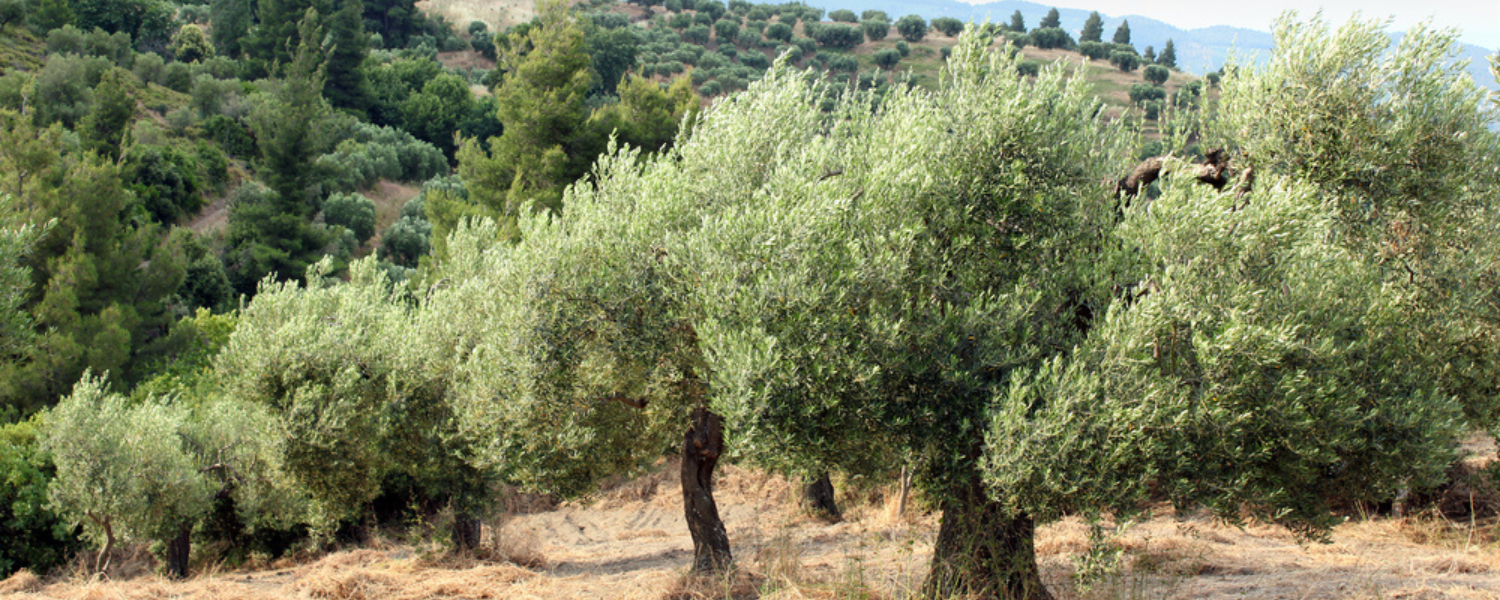
Growing Conditions For Olive Trees
Light & Temperature
Olive trees do best with full sun exposure and prefer areas with long warm summers, humid air and temperatures that stay above freezing. Low humidity levels or periods with extended cold temperatures could cause irreparable damage to your tree.
Alternatively, too much direct sun without enough water or protection from scorching summer heat can leave your olive tree parched - leading to damaged leaves, stunted growth and fruiting failure.
Soil
Soil pH plays an important role in the growth and productivity of olive trees. A slightly acidic soil that ranges in pH from 6.0 to 8.0 is best for optimal health, however, these trees demonstrate a great deal of tolerance and can still thrive in soils with slightly higher or lower pH levels. Olive trees appreciate a well-draining soil that holds moisture effectively.
Water
Olive trees are drought tolerant, but they still need enough water to thrive during hot, dry months. Water them deeply at least twice a week in peak growing season and adjust watering schedules according to local weather patterns. Additionally, mulch around the tree will help retain moisture in the soil.
Nutrients & Fertilizer
Olive trees have unique nutrient and fertilizer requirements that can vary depending on your tree’s age and the time of year. For younger trees, you'll need to provide them with continued nutrients during their first few years of growth.
In addition to soil amendments like compost, it is beneficial to feed your olive tree with a balanced fertilizer at least once every other month. As for established olive trees, most require a light layer of compost in early spring as well as an application of nitrogen-based fertilizer sometime in the fall.
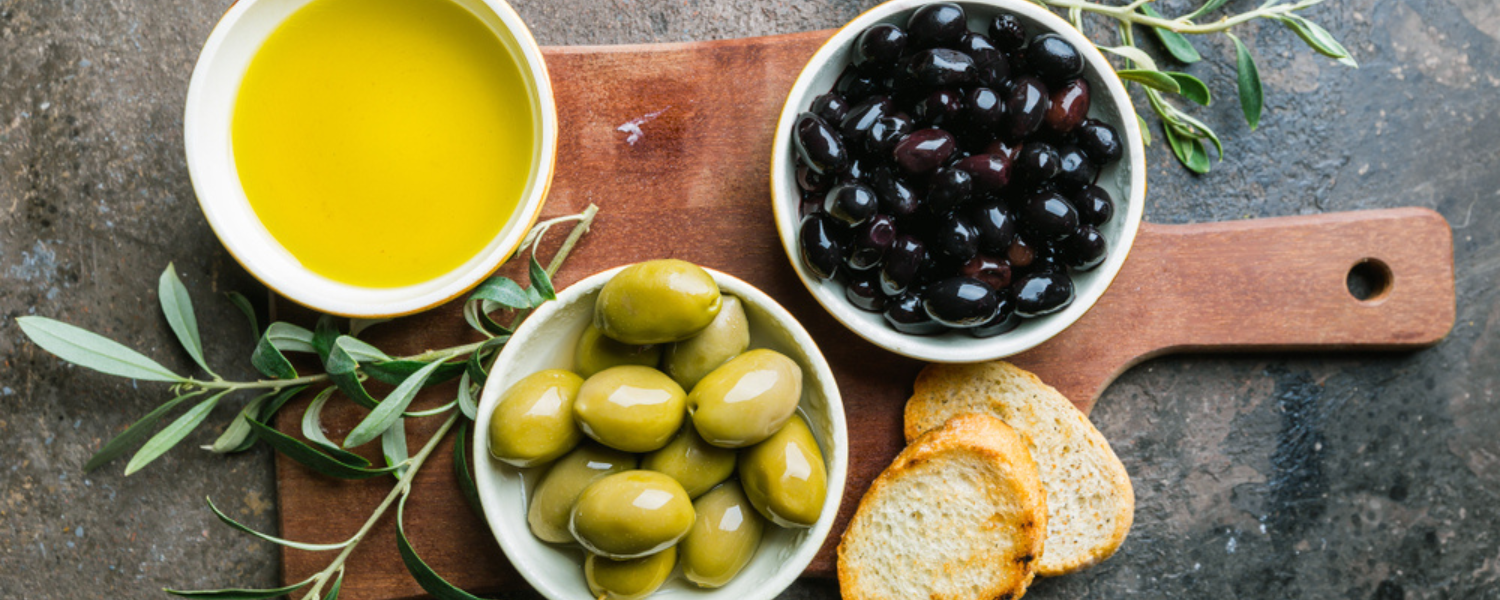
How To Plant & Grow An Olive Tree
Planting an olive tree is an easy-to-learn task that provides not only delicious olives, but also unique branches with beautiful leaves for your home. Whether you are looking for a fruit-bearing tree or just one that adds a touch of greenery to your landscape, follow these steps to plant your own olive tree:
Choose A Location
When choosing a location for your olive tree, make sure to select an area that gets plenty of sunlight and has well-drained soil. Olive trees are not tolerant of wet or waterlogged soils, so avoid any areas that tend to stay wet or are prone to flooding.
Prepare The Soil
Before planting your olive tree, you will need to prepare the planting hole. The hole should be twice as wide and just as deep as the tree’s root ball. If the soil in your chosen location is heavy clay or has poor drainage, you may need to amend it with sand or gravel to improve drainage.
Plant The Tree
Once you have prepared the planting hole, you can plant your olive tree. Gently remove the tree from its container and loosen any roots that are circling the root ball. Place the tree in the hole so that the top of the root ball is level with the surrounding soil. Fill in the hole with soil, tamping it down gently as you go.
Water
After planting, water your olive tree deeply to help settle the roots into their new home. Be sure to water slowly so that the water has a chance to soak down to the roots rather than running off. Once the tree is established, it will be drought tolerant and will only need occasional watering during extended periods of dry weather.
Fertilize
Olive trees benefit from regular fertilization throughout their growing season (spring through fall). You can use a general-purpose fertilizer or one specifically formulated for olive trees.
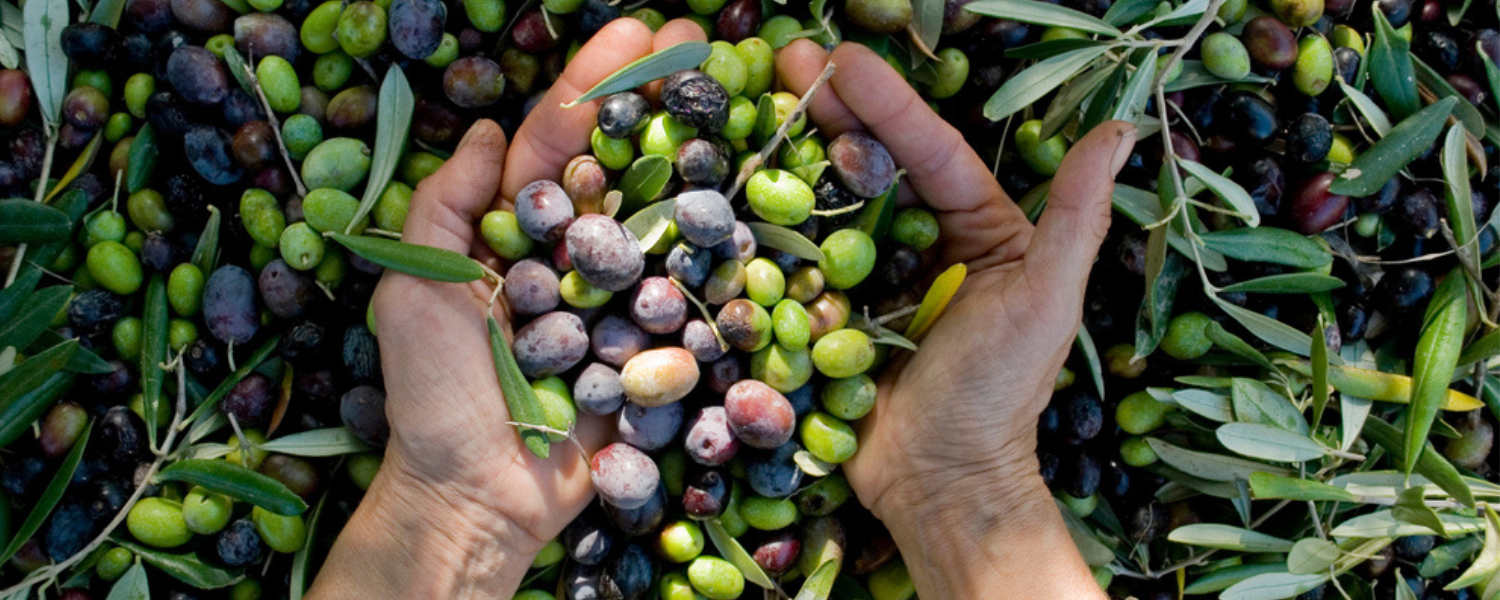
How To Harvest An Olive Tree
If you have an olive tree, harvesting your own olives can provide you with fresh olives for eating and making oil. To ensure that you get the best yield from your tree, it is important to harvest the olives at the right stage of ripeness.
When the berries are still green but beginning to close, it is time to pick them. You can do this by shaking each branch and catching them in a net spread around the tree. Once harvested, process the olives immediately because they will become bitter if left on the dry branches too long.
Common Olive Tree Pests & Diseases
Pests
Common olive tree pests include fruit flies, five-spotted hawkmoths, pine tortoise scale insects, lepidopterous larvae and mealybugs. All of these can cause fruit drop, leaf damage and/or tree dieback. But not all hope is lost!
Utilizing an early intervention strategy such as hedging or pruning to increase light penetration and improving overall sanitation methods like regular mulching and weeding will help moderate these potential threats. Additionally, if any of the previously mentioned pests are found on your olive tree, specialized chemical treatments such as insecticides should be applied for best results.
Disease
Common olive tree diseases include root rot, branch cankers, Verticillium wilt and leaf spot. Root rot is caused by a fungus in water-logged soils, leading to weakened trees with yellow leaves.
Branch cankers are another prevalent disease, where the bark cracks open and oozes sap; they are usually spread through insects that feed on infected plant material. Verticillium wilt is a fungal infection that damages roots and blocks water transport in the tree; it causes wilting in leaves and dry discolorations on the fruit's surface.
Leaf spot is a bacterial infection that appears as small dark spots on foliage which eventually lead to leaf discoloration and blights. In order to prevent any of these diseases from forming, it is important to keep trees watered consistently and prune away deadwood while maintaining soil fertility.
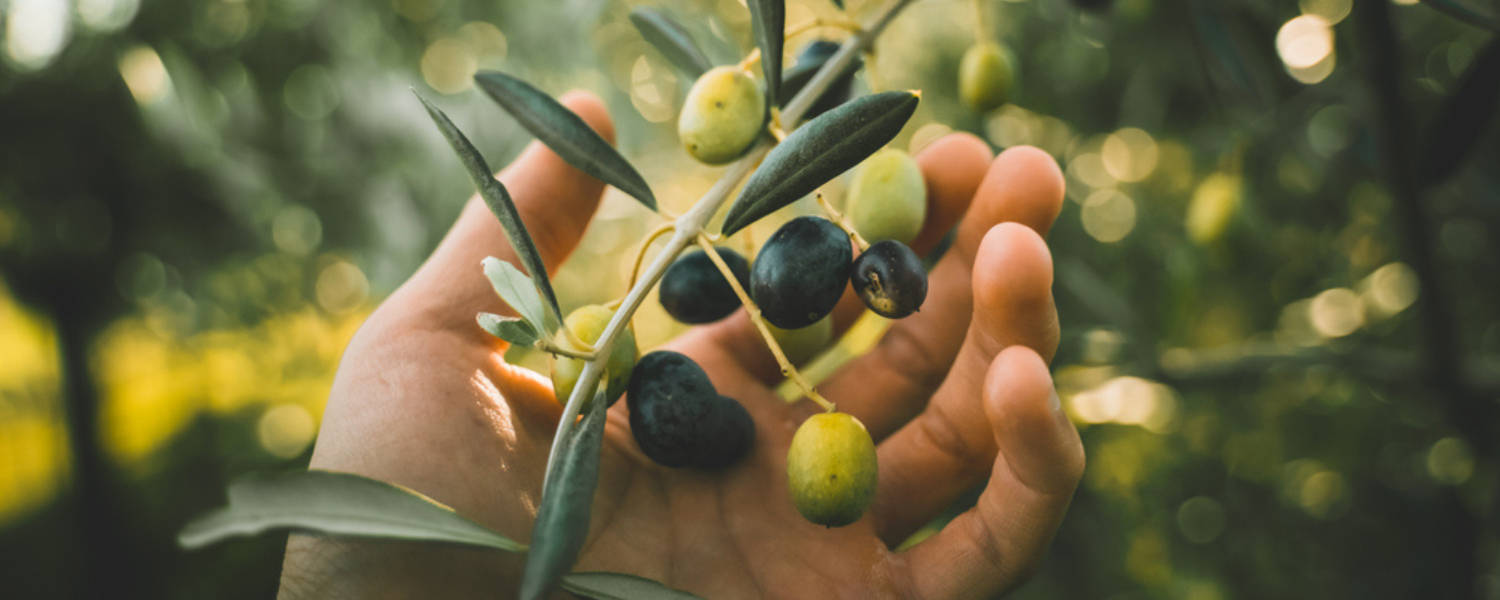
Review: Olive Tree & Growing Tips
Olive trees are a popular choice for homeowners looking to add a bit of Mediterranean flair to their gardens. As an evergreen tree, it's easy to maintain and can live for many years with the right care. It's important to note that olive trees need plenty of sunlight, more so than other types of trees, to remain healthy.
Caring for your olive tree is easy; ensure the soil drainage is good by adding gravel or sand in some cases; make sure that they receive at least six hours of direct sunlight per day; irrigate with plentiful amounts during dry months; prune regularly in early spring; and fertilize adequately using a special fertilizer for fruiting plants. By following these guidelines you can keep your olive tree not only attractive but also producing delicious fruits.

